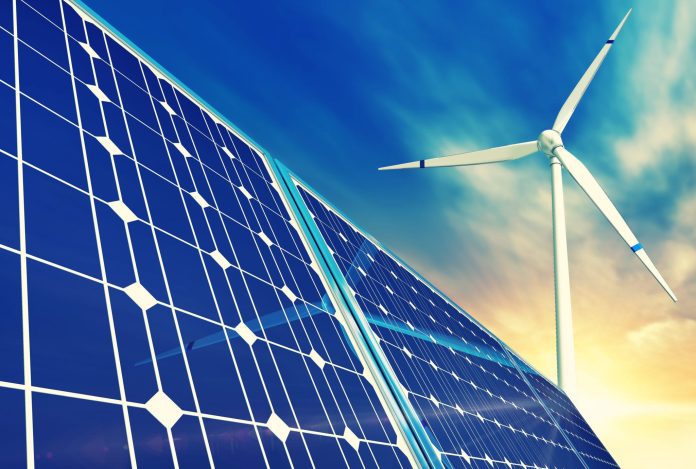Working towards 2030 sustainability
British Telecom (BT) this week announced a new edge compute solution as part of its manifesto to help customers reduce carbon dioxide emissions by 60 million tons by the year 2030. The new effort uses Artificial Intelligence (AI) developed by QiO Technologies.
“The new solution brings together real-time data from IoT sensors, machinery control settings, databases, external data and energy sources to identify the variables that can be optimised to reduce energy consumption, and can also help improve quality, productivity, and other relevant factors,” said BT.
Hriday Ravindranath, chief product & digital officer, Global, BT, explained that for many organizations, gathering carbon data is still a manual process, which limits its usefulness as a way to improve operational efficiency.
“Our solution collects data securely, and by using QiO’s AI, recommends steps to optimise processes. Moreover, customers can use this data to report on their performance in a standardised way,” said Ravindranath.
The solution, hosted on a BT Edge Compute device, enables data to be securely processed close to where it’s created, said BT.
“BT securely connects the device to all relevant systems, hardware and assets to give total visibility of the process being measured. Connectivity options include private 5G,” it said.
QiO’s AI has already proven to be effective at reducing energy consumption by 5 to 15% in industrial applications, according to the companies.
“QIO’s deployment at a leading glass manufacturer reduced energy consumption by six per cent and carbon emissions by 21,600 tonnes,” they said.
BT’s net zero emissions goals
The AI-driven green edge compute solution is one part of BT’s ambitious net-zero manifesto, which sets out a 60 million ton CO2 reduction goal by 2030. The company plans to meet that effort through a combination of technology shifts: 5G, fiber to the premises (FTTP), cloud computing and Internet of Things (IoT) technologies.
The company said it’s already using 100% renewable electricity worldwide, and it’s committed to change its commercial fleet to electric or zero-emissions vehicles by the end of the decade. In fact, BT wants to achieve a “circular economy” by 2030 with its products, network, and operations. That is, a balance between greenhouse gases produced, and the amount removed from the atmosphere. BT wants its entire ecosystem of suppliers and customers to follow by 2040.
BT also announced this week a trial of quantum antenna technology which it thinks could boost the capability of next-generation 5G and IoT networks. Atomic Radio Frequency (RF) receiver technology represents a new way of detecting radio waves that could find much weaker signals than conventional receivers, said BT. The receiver works by using a quantum effect called “electromagnetically induced transparency” to form a highly sensitive electric field detector.

